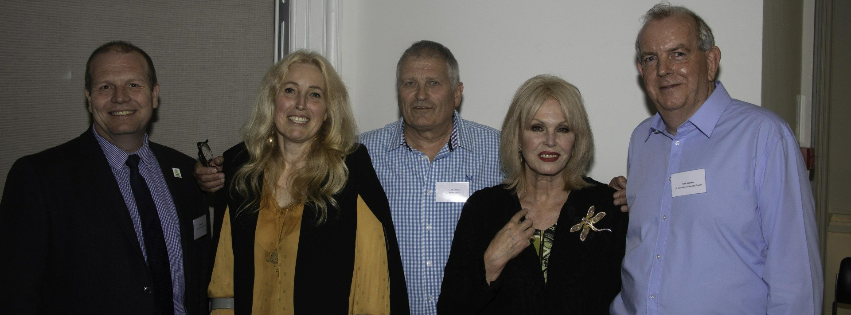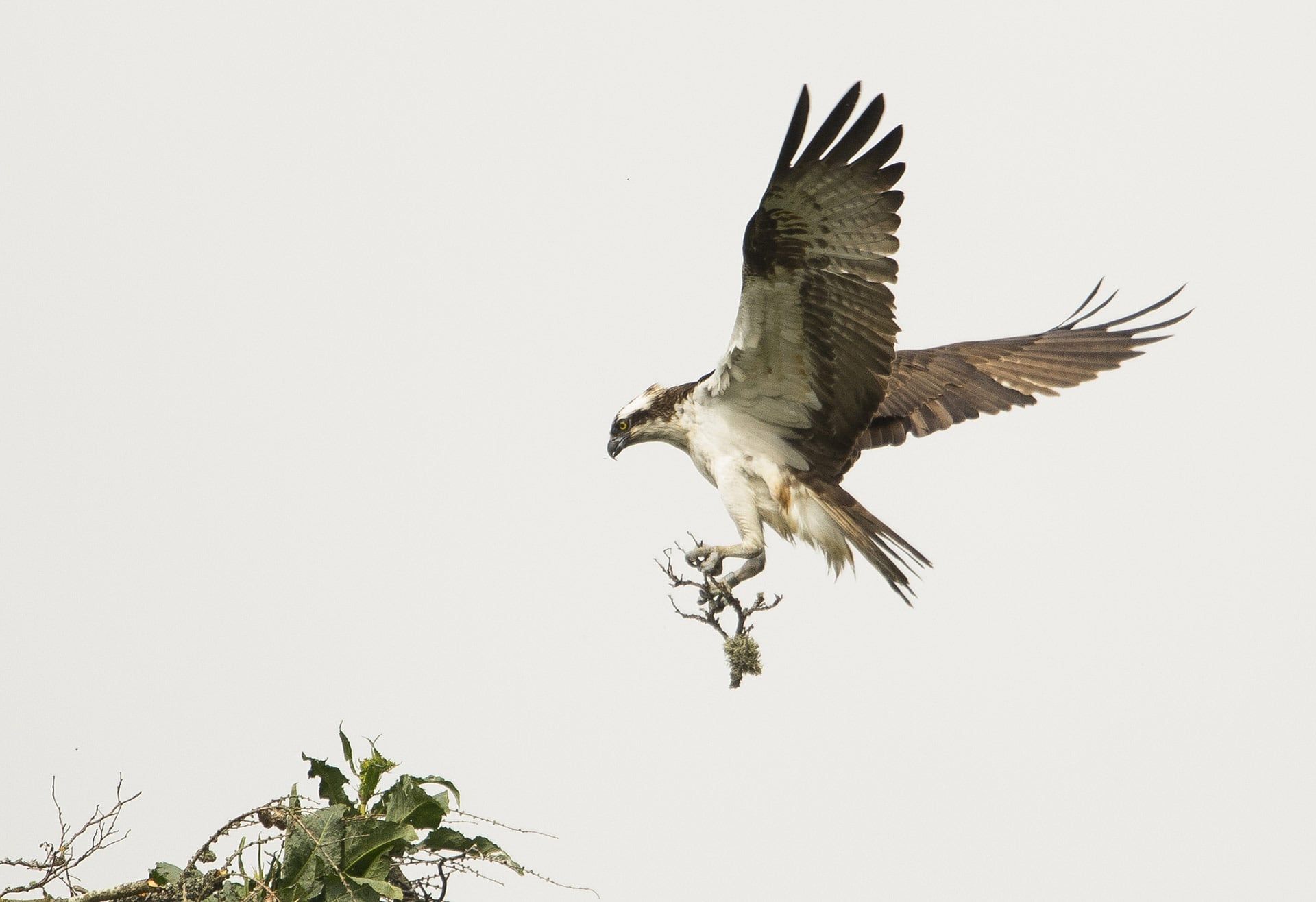A blueprint for conservation efforts
It is a good example of what osprey and birds of prey can do. They connect people, they connect countries – UN’s Convention on Migratory Species Climate Council Chair, Colin Galbraith
As countries around the world are increasingly feeling the impact of changing temperatures, birds – such as the osprey – are being used as key indicators of climate change. By studying bird behaviour, scientists can get a better understanding of how these changes effect biodiversity and ecosystems.
“When you look at bird populations around the world, we are really seeing significant changes,” said Colin Galbraith at the revealing of Conservation Without Borders’ latest expedition, the Flight of the Osprey.
“Species are disappearing day-by-day, and they are also changing their migration patterns. Things are arriving later or earlier, the whole eco-system is becoming out of sync,” he explained.
But, while climate change has been “a council of despair in recent years,” Colin is of the opinion attitudes need to change.
“It should be a council of doing something together, to actually make it better,” he said.
A symbol of hope
The osprey, an iconic bird, is instantly recognisable by its markings and is respected for its formidable fish hunting skills. But it was these very skills that led to it being persecuted by people who shared the same food resources. The osprey faced additional threats such as poisoning by pesticides and egg collection.
Eventually, it was driven to extinction in many parts of Europe – including Britain – in the 1800s.
However, in recent years, with active reintroductions, the bird has been trying to make a comeback.
In the 1950s, it was estimated there was just one pair of osprey nests in the UK. In 1967 there were two pairs, in 1976 there were 14 and, in the year 2000, there were around 150 pairs of osprey in the UK.
“This is how small the biomass is we are talking about,” said Colin.
“We think that in 2022 there are about 250 plus pairs in the United Kingdom. And the encouraging thing is that is not just in Scotland, it is England, it is Wales. We are now exporting our osprey back to Spain to help the Spanish osprey population. And that is a good example of what osprey and birds of prey can do. They connect people, they connect countries, they connect the UK to Spain. And I am sure Flight of the Osprey will see the connectivity to the UK and West Africa,” he added.

Flight of the Osprey
The Flight of the Osprey will follow the route of the bird’s migration from Scotland to West Africa on a 10,000km journey through 14 different countries.
The expedition team is headed by Sacha Dench, CEO of Conservation Without Borders and Ambassador for the UN’s Convention on Migratory Species. The nine-strong crew, which include scientists and media personnel, is designed to engage government organisations at the highest level, alongside educating and empowering communities along the flyway and further afield.
The expedition aims to promote a deeper understanding of the challenges to migratory birds and other biodiversity. Particularly, the importance of restoring the balance of nature to the benefit of society generally.
In collaboration with UN agencies, scientists, media and government, the Conservation Without Borders team will gather vital data on the threats faced by this iconic bird of prey and other migratory species to better understand the hazards faced - from climate change, to powerlines, from overfishing to plastic waste and fishing debris.
The team will meet people and communities along the flyway, showing grassroots conservation projects and highlight inspiring new initiatives, with practical solutions to mitigate against the effects of climate change and rampant consumerism.

Little things lead to big change
Linking the osprey in West Africa, will help to create a real connectivity, not just in terms of the bird’s journey, but the impact that we as humans have had on the bird, its environment and local communities.
“That is something we have to put forward to World leaders. It is about doing little things, it is about that connectivity,” said Colin.
The recovery of the osprey is one that inspires hope and shows the power of people working together for a common cause.
“The expedition can be used as a fingerprint for nature conservation more widely”, said Colin.
“For global leaders to want to make lasting change, then they need to hear it in ways that is relatable, and this is what the Flight of the Osprey expedition hopes to achieve.”
Birds of prey are top of the food chain and are the ultra-indicators of the health of the global environment.
If birds of prey are struggling, it indicates the environment is struggling, also. But, if we can change the fate of the osprey, we can change the fate of other wildlife and showcase how humans can change the narrative for the better.
“In terms of people and little things, people are really what nature conservation is about. Whether that’s in Scotland, UK, whether that’s about Senegal or Gambia, it is about people,” said Colin.
We can all do a little bit to help in the everyday decisions we make. Whether that be the food we buy, reusing material, turning away from single-use plastic, changing farming methods, or by improving habitats to increase biodiversity. The recovery of the osprey has proven small things can make big changes.
“Turn the council of despair into a real action plan on the back of this initiative,” said Colin.
Follow our team on the Flight of the Osprey expedition by connecting to our social media pages and signing up to our E Newsletter to find out the latest discoveries, stories, and developments.

